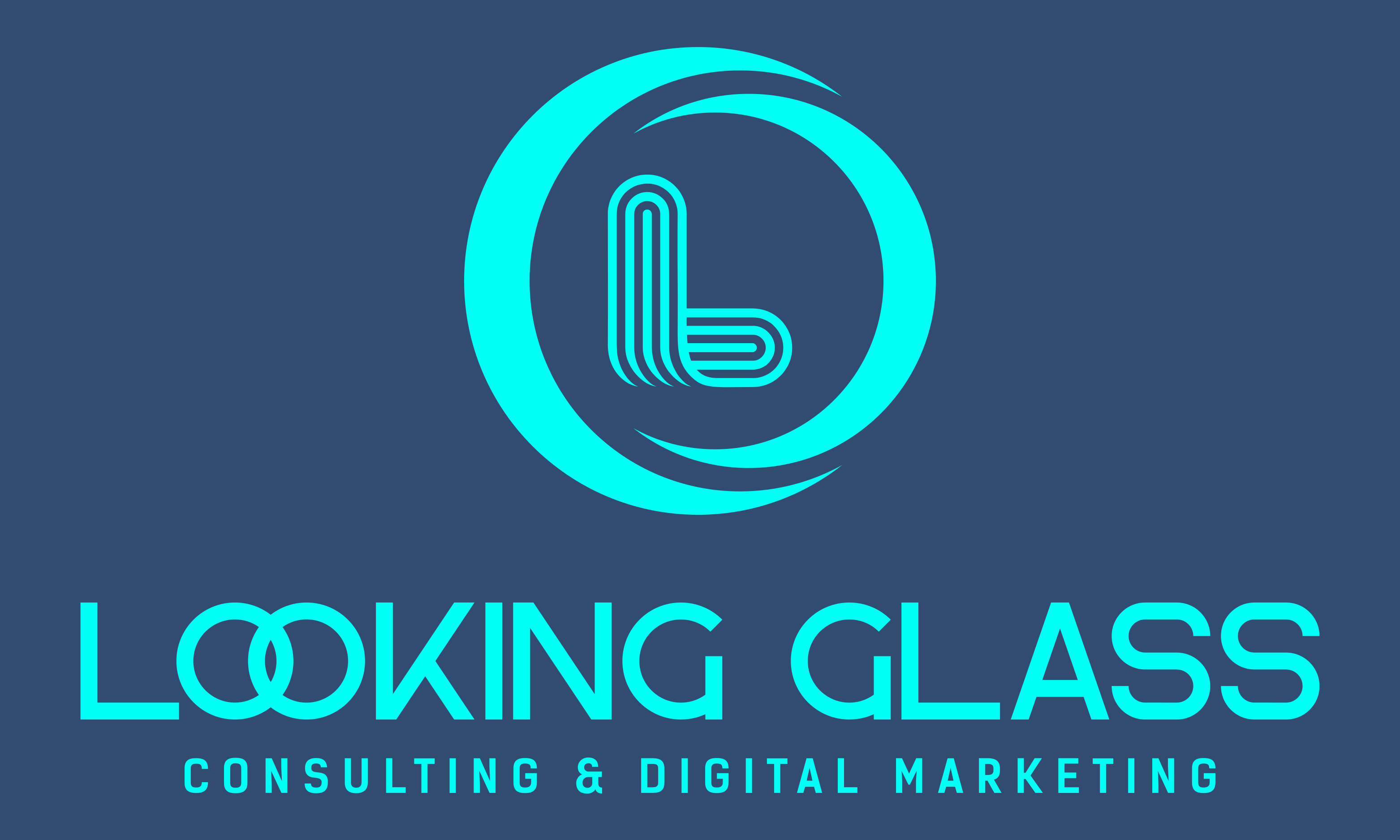
Demistifying Paid Advertising: A Guide for Business Owners
In today’s digital age, the success of your business often hinges on your online presence. Gone are the days when word-of-mouth and traditional advertising alone could sustain a thriving enterprise. Instead, it’s time to embrace the power of paid advertising. If you’re a business owner who’s unsure about how paid advertising works, or you’re overwhelmed by the multitude of platforms available, this guide is for you. We’ll demystify paid advertising, explore various platforms, help you choose the right one, and explain why it’s essential for your business’s growth.
What is Paid Advertising?
Paid advertising, often referred to as online advertising or pay-per-click (PPC) advertising, is a marketing strategy where businesses pay to display their ads on various online platforms. These ads can appear in search engine results, on websites, or within social media feeds. The key principle is that you only pay when someone interacts with your ad, whether that’s through clicking, viewing, or taking a specific action, such as filling out a form or making a purchase.
The Different Paid Advertising Platforms
Search Engine Advertising:
Google Ads: Google Ads is the most popular search engine advertising platform. It allows you to create ads that appear when users search for specific keywords on Google. This is an excellent choice if you want to capture users actively looking for your products or services.
Bing Ads: Bing Ads operates similarly to Google Ads but targets the Bing search engine, which powers Microsoft’s search network. While it has a smaller user base, it can be cost-effective and effective for certain demographics.
Social Media Advertising:
Facebook Ads: Facebook is one of the largest social media platforms, and its advertising platform offers precise targeting options based on user demographics, interests, and behaviors. It’s ideal for businesses aiming to reach a broad or highly specific audience.
Instagram Ads: Instagram is owned by Facebook and offers similar advertising capabilities. It’s an excellent choice for businesses with visually appealing products or services.
Twitter Ads: Twitter Ads enable businesses to promote their tweets to a targeted audience. It’s suitable for those looking to engage with real-time discussions and trends.
LinkedIn Ads: LinkedIn is the go-to platform for B2B advertising, allowing you to target professionals by job title, industry, and company size.
Pinterest Ads: Pinterest is known for its visual content and is ideal for businesses in the lifestyle, fashion, or home improvement niches.
Display Advertising:
- Display ads are banner or image-based advertisements that appear on various websites across the internet. Platforms like Google Display Network (GDN) and native advertising networks offer display advertising opportunities.
Choosing the Right Platform for Your Business
Selecting the right advertising platform for your business is crucial for maximizing your return on investment (ROI). Here are some factors to consider when making your choice:
Your Target Audience: Understand your audience’s demographics, interests, and online behavior. Choose a platform that aligns with your audience’s preferences.
Budget: Different platforms have varying costs per click (CPC) and advertising budgets. Ensure your budget aligns with the platform’s pricing structure.
Ad Format: Consider the type of ad formats that work best for your business. For example, if you sell visual products, platforms like Instagram and Pinterest may be more suitable.
Goals: Define your advertising goals. Are you aiming to drive website traffic, generate leads, or boost sales? Different platforms excel in achieving specific objectives.
Competitors: Analyze where your competitors are advertising. It can provide valuable insights into which platforms are effective in your industry.
Why You Should Embrace Paid Advertising
Instant Visibility: Unlike organic strategies that take time to gain traction, paid advertising offers immediate visibility. Your ads can appear at the top of search results or in the social media feeds of your target audience.
Precise Targeting: Paid advertising allows you to reach the right people at the right time. You can define your audience based on demographics, interests, location, and more, ensuring your ads are seen by potential customers.
Measurable Results: Most advertising platforms provide detailed analytics, allowing you to track the performance of your ads. You can measure click-through rates, conversion rates, and ROI, enabling data-driven decision-making.
Budget Control: With paid advertising, you have control over your budget. You can set daily or lifetime budgets, making it easy to manage your spending.
Scalability: As your business grows, you can scale your advertising efforts accordingly. You can increase or decrease your budget and make adjustments to your campaigns as needed.
Competitive Advantage: In today’s competitive market, paid advertising gives you an edge. It allows you to outrank competitors in search results and capture the attention of potential customers.
Getting Started with Paid Advertising
Now that you understand the basics of paid advertising and have an idea of which platform might work best for your business, here are the steps to get started:
Define Your Goals: Clearly outline what you want to achieve with your paid advertising campaigns. Are you looking to increase website traffic, generate leads, or boost sales?
Create Compelling Ad Content: Craft attention-grabbing ad copy and engaging visuals that resonate with your target audience.
Set Up Your Campaign: Sign up for the advertising platform of your choice and create your first campaign. Define your budget, targeting parameters, and ad schedule.
Monitor and Optimize: Regularly monitor the performance of your ads. Use the platform’s analytics to make data-driven optimizations to improve results.
Test and Experiment: Don’t be afraid to experiment with different ad formats, targeting options, and messaging to see what works best for your business.
Seek Professional Help: If you’re unsure about managing your advertising campaigns, consider hiring a digital marketing agency or consultant with expertise in paid advertising.
Conclusion
Paid advertising is a powerful tool for business growth in the digital age. Understanding the different platforms, choosing the right one for your business, and embracing paid advertising can significantly boost your online presence and drive valuable results. Start small, experiment, and continuously refine your strategies to harness the full potential of paid advertising and watch your business thrive in the digital landscape.
